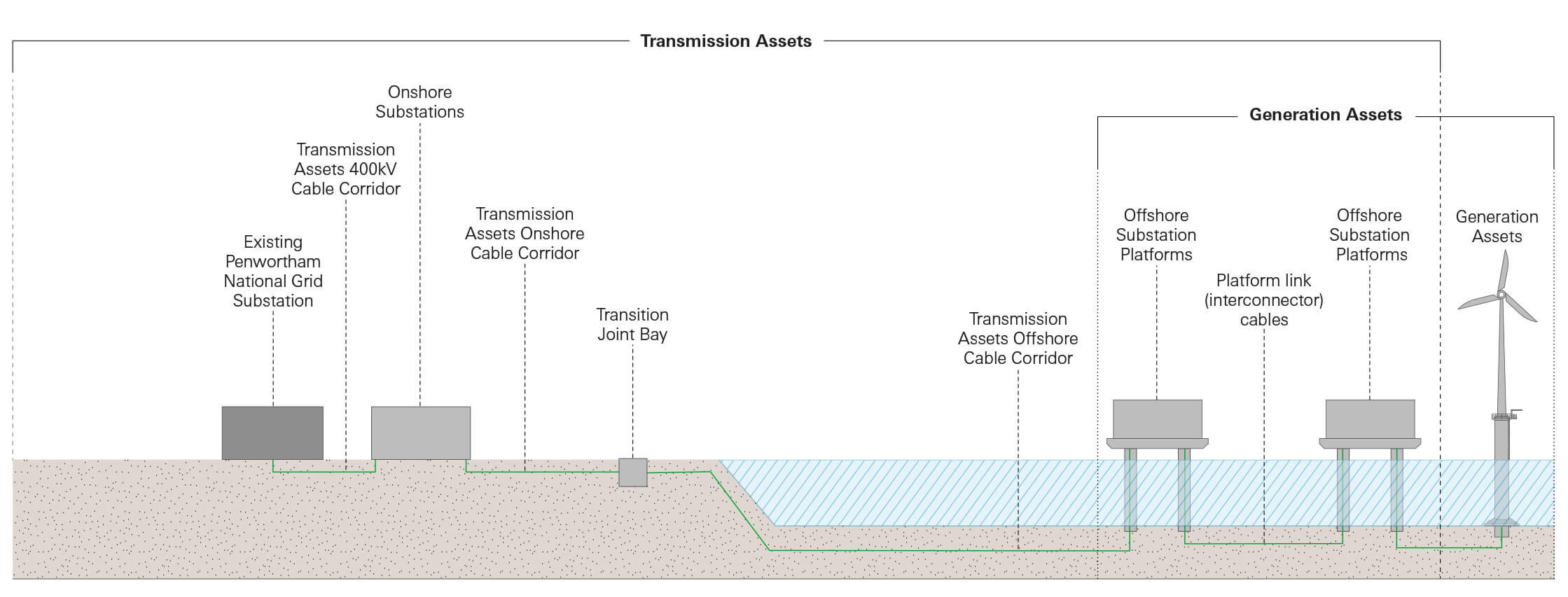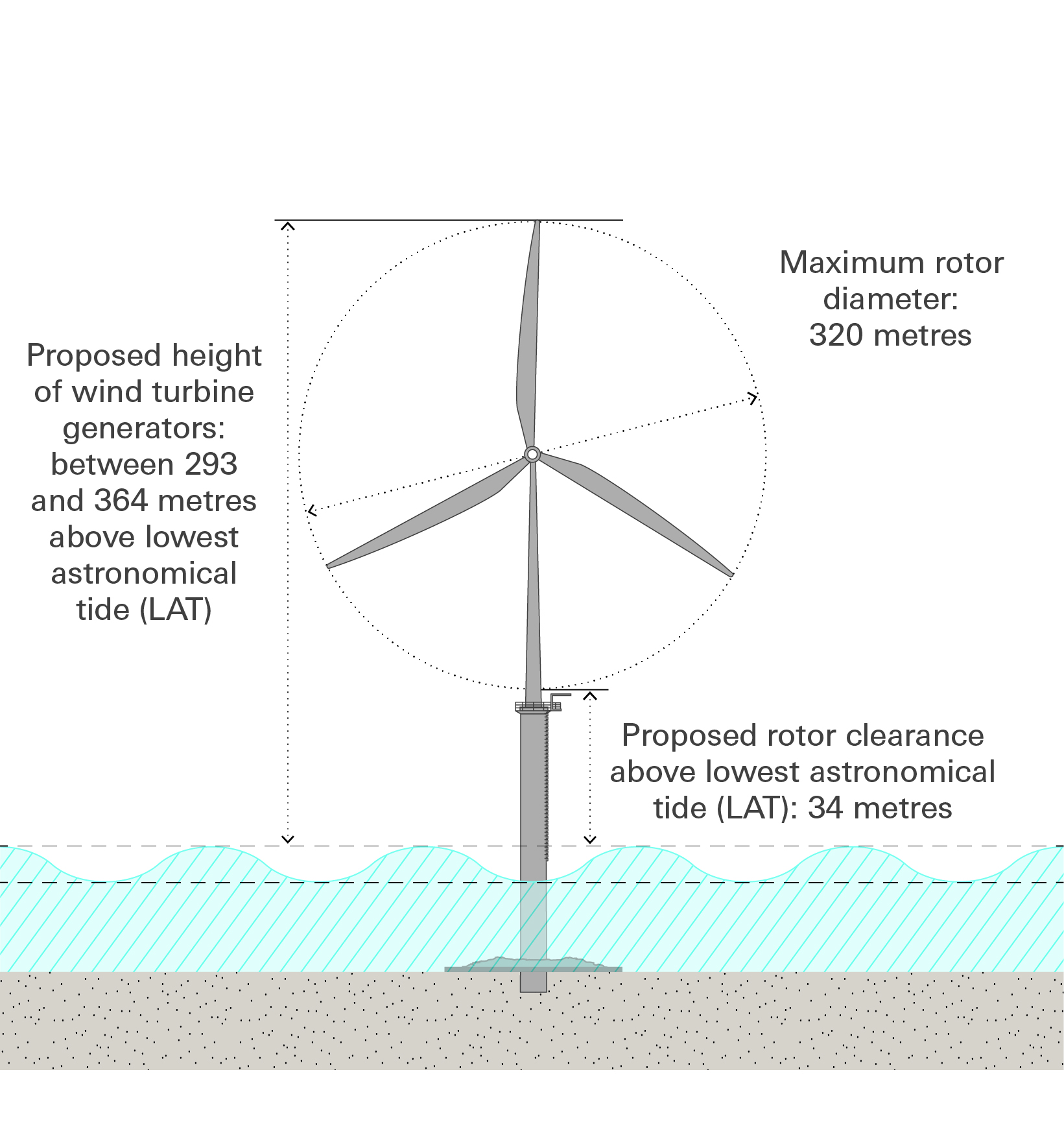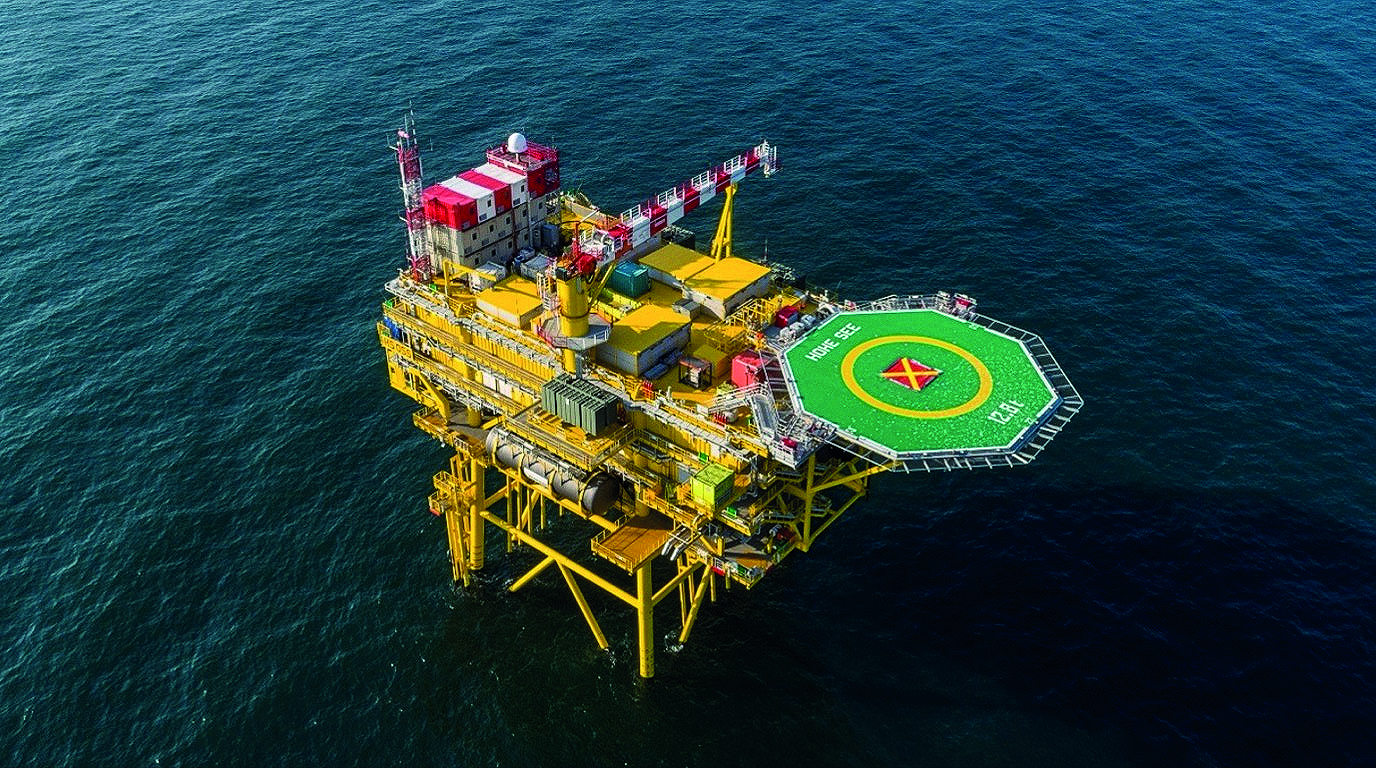What we are proposing
Morgan Offshore Wind Project will be located in the Irish Sea, approximately 37km from the north west coast of England and 22km from the Isle of Man.
Currently we expect the project will include up to 96 wind turbine generators and up to four offshore substation platforms (OSPs), as well as inter-connector cables and inter-array cables.
To construct, operate and maintain the Morgan Offshore Wind Project, we will need a combination of offshore and onshore infrastructure.
Because offshore wind farm development can be complex, many of the details of the project will likely not be known at the time of our application. This could include the:
- Precise number, location and configuration of the wind turbine generators and any associated development.
- Type of foundation we could use to install the turbines and any associated development.
- Exact height of the tip of the turbine rotors and the diameter of the rotors.
Online webinar event
Watch the recording of our online consultation event, broadcast on 3 May 2023
Watch recording
The components of the Morgan Offshore Wind Project
How do offshore wind farms work?
What are wind turbine generators?
These are devices that convert the kinetic energy of wind to electrical energy. For more information on the likely design of the wind turbine generators for the Morgan Offshore Wind Project, please see our project description chapter in the PEIR.

What are Offshore Substation Platforms (OSPs)?
These are fixed structures that would be located within the wind farm site. The purpose of these structures is to convert the power from the wind turbine generators into a form ready to be transferred to shore.

What are inter-connector cables?
These are electrical cables that link one or more OSPs.
What are inter-array cables?
These are cables that link the wind turbine generators to each other and the OSPs.
Visualisations
The PEIR contains a series of visualisations is available which show what the wind farm could look like from various points along the coast. You can find them in the Seascape, Landscape and Visual Resources chapter.
View visualisationsWhy we need offshore wind
This project can play a role in the energy transition by delivering a significant volume of offshore wind in support of the UK Government’s Net Zero by 2050 target and commitment to deliver up to 50 gigawatts (GW) of offshore wind by 2030.
The UK is a world leader in offshore wind and the seas around Britain are ideal for harnessing wind power. Our project will be operational by 2030, leading the way in decarbonising the UK.
The project will contribute to the energy transition by:
- Generating low carbon electricity from an offshore wind farm in support of the decarbonisation of the UK electricity supply
- Optimising generation capacity within the constraints of available sites and grid infrastructure
- Co-existing and collaborating with other activities, developers and operators to enable the balance of different users
This project will also:
- Contribute to achieving the aims of the UK’s Energy Security Strategy
- Contribute to the local, regional and national economy by providing substantial investment, as well as employment and new infrastructure during all phases of the project
- Continue to drive technology and development costs down to provide low cost energy to consumers and provide community benefits
- Align with the key drivers in current and planned updates to national policy
The UK already generates around 13 GW of its power from offshore wind making it the second largest producer of wind power in the world. It plays an increasingly important role in our energy mix. For example, for a period on 29 January 2022 offshore wind was providing 66% of our total energy output. But we need to go a lot further. For the UK to achieve its climate goals, we need to quadruple our offshore wind generation, meaning we need up to 50 GW of generating capacity installed and operating by 2030.